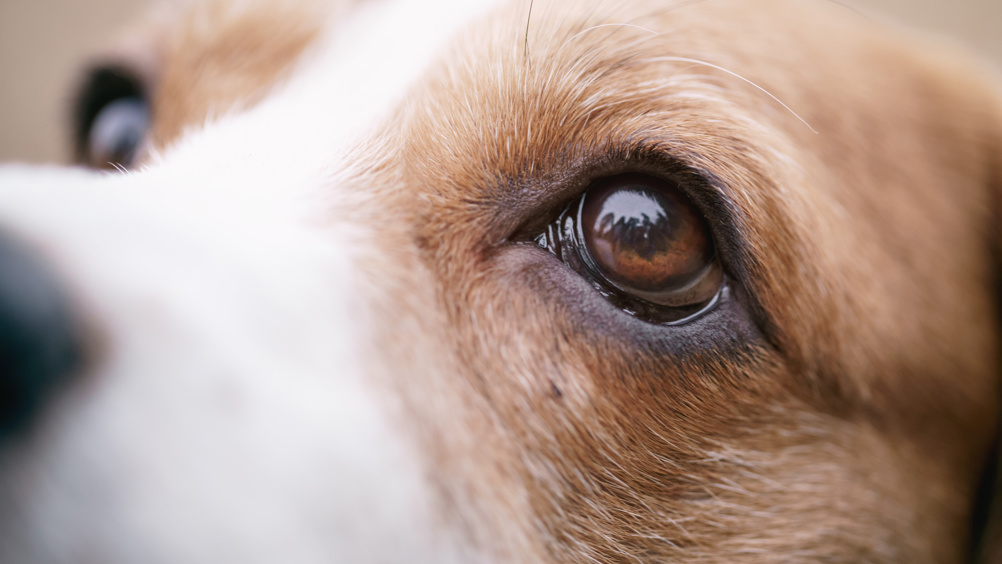References
Small Animal Review: September 2023

Abstract
Ophthalmic problems are common and often challenging presentations in veterinary practice, and although they rarely result in death, they can lead to serious quality of life issues including chronic pain and loss of vision. Three recent papers discuss ophthalmological conditions and their treatments in dogs.
A 2023 study by Jørgensen et al described a genetic study looking for the cause of distichiasis in Staffordshire Bull Terriers. Distichiasis is the presence of aberrant hairs on the eyelid margins, which can cause problems ranging from mild irritation to corneal ulceration. It has a particularly high prevalence (18%) in Norwegian Staffordshire Bull Terriers. It has been assumed to have a complex inheritance pattern, but little is known about the genetics of distichiasis in dogs.
This study involved a genome-wide association study and an attempt to predict genomic values for distichiasis. Four genetic regions of interest were identified that were associated with distichiasis. This suggests that distichiasis in this breed is a complex trait with multiple genes involved. The dogs in the highest quartile for genetic prediction of distichiasis had an approximately four times higher risk of developing distichiasis compared to the quarter predicted least likely to develop the disease. The authors concluded that the genomic prediction method can be useful when developing breed health schemes for the reduction of distichiasis, although it may be less useful for prediction in individual dogs.
Register now to continue reading
Thank you for visiting UK-VET Companion Animal and reading some of our peer-reviewed content for veterinary professionals. To continue reading this article, please register today.

